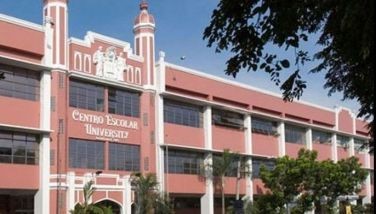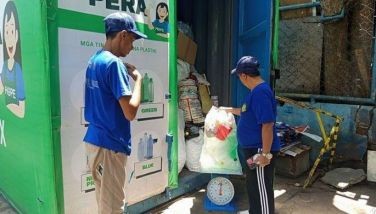Investing in the Philippines
Why the Philippines?
There are not many growth areas left in the world today, especially when taking into consideration that the incoming American administration is not in favor of global trade. Europe is looking at ASEAN as a new trade and investment area with 600 million people and an integrating market.
The Philippines – among the 6 larger ASEAN economies – can and should play a center role in attracting trade and investment from Europe, Japan, hopefully from the US and definitely from China. The Philippines is a 100 million market that has still plenty of room to be developed and to expand; the GDP growth we are witnessing is impressive and it is hoped that the new administration will take advantage of the momentum, open the economy and shortcut the implementation of the much needed infrastructure. What we need to watch, however, is the big question whether government / government agencies have the absorptive capacity to do the many jobs. The local and foreign private sector is ready to help – the foreign construction companies trust that the unfair accreditation limitations imposed PCAP (Philippine Contractors Accreditation Board) will be changed; ECCP has addressed this with the Philippine Competition Commission and the Supreme Court.
The 10-point socioeconomic agenda of the Duterte Administration has been widely accepted by local and foreign business; it is now up to the Administration and Congress to adjust the regulatory environment, change implementing rules and regulations, amend laws, approve new laws, and finally – amend the Constitution.
Why the Philippines? It’s a good jumping board into ASEAN as a hot destination for foreign investors. The PEZA zones and its excellent management history are guarantying success.
Why should foreign investment move to the countryside?
Part of the 10-point agenda mentioned before is the call for decentralization / regionalization of investments, given the fact that much of local and foreign investments target Central Luzon and Central Cebu where the infrastructure is ‘stretched’.
We all agree that investors have to be assisted in moving to new destinations in North Luzon, the Visayas and Mindanao that have a minimum of infrastructure, that have LGUs that understand the needs of investors and understand the potential of long-term investors regarding tax revenues and the employment of people. It has to be understood that investors moving to the countryside will have to train people and thus contribute to inclusive growth.
What do foreign investors expect when they move to the countryside?
While the Philippines’ Foreign Direct Investment has grown substantially during the last four years, it is also clear that the country needs to attract much more FDI over a longer period so that it is felt by the poor section of the country. As mentioned earlier, decentralization and regionalization form part of it.
However, there is no doubt in my mind that investors have to select investment areas where they will find LGUs with integrity and with a vision longer than 3 years. There are too many examples where investors are confronted by painful changes when barangay captains, mayors and governors change and the new people change direction and attitudes towards investors. In this context, I congratulate the implementers of the ‘Integrity for Jobs’ project in achieving mind-set change in many LGUs. We started with 9 LGUs and are now at the 60 LGUs level.
As mentioned before, investors will expect a minimum of infrastructure like ports, industrial estates for the local and export markets, financial services and an easy and fast flow of needed permits registrations. LGUs will have to understand what fair competition is and support it, there has to be peace and order in the region, there has to be access to water (without taken hostage by barangays), there has to be adequate, secure and quality power. Additionally, there has to be easy access to hospitals and there have to be schools and collages (especially important for BPM and KPM companies that are looking for new locations with English-speakers continuously).
It goes without saying that corruption has been replaced in the new destinations by a red carpet.
Investors are already looking at new centers of development, such as Subic / Clark / North Luzon, Albay, Iloilo, Bacolod, Cagayan de Oro, Davao, General Santos…
What kind of partners do investors look for?
In many cases, investors are looking for other investors who have gone through the process of locating already; these investors become the ‘ambassadors’ for new investors. Ideally, there will be PEZA zones / industrial estates around to ease the start-up. Most important, let me say that again, are business oriented LGUs, that are willing to assist new investors and guide them on the one side and protect them on the other.
The future of investors has to be built on integrity and competitiveness for inclusive growth.
- Latest
























